Generally when adding rework, bottom side is best for through hole boards. For SMT it can get more difficult and you end up having to use both sides.
You need to insulate all bare wires when doing rework, either by using insulated wiring or magnet wire, which can be tricky to clean. When adding components, and the legs are any length, insulate them by removing some insulation from rework wire and feeding the legs of the component through the insulation. The point of all this is you do not want something to move and short to other pins or traces.
All components added should be as flat to the board as possible, and wiring should be tidy. Finally, where wires are any length, tack them down with a suitable glue so they do not flop around or catch on anything. A touch of a cyanoacrylate (superglue) to tack things down is fine, but a more robust polymer based glue is more durable.
Note the image above, is NOT a great example of well done rework. The cap is flying in the air, held on only by the dabs of solder. For something like that you want to glue down the cap to make a solid mechanical bond.
ADDITION
However, as a comment on your actual problem. Having a high frequency digital board sandwidged onto the back of an audio board without shielding is a really bad idea. Decouplers on audio frequency analog chips do not do much, and is just an attempt to squash a problem rather than fixing it at the source.
Investigate a shield layer between the boards and make sure your grounding and power system is properly arranged.
